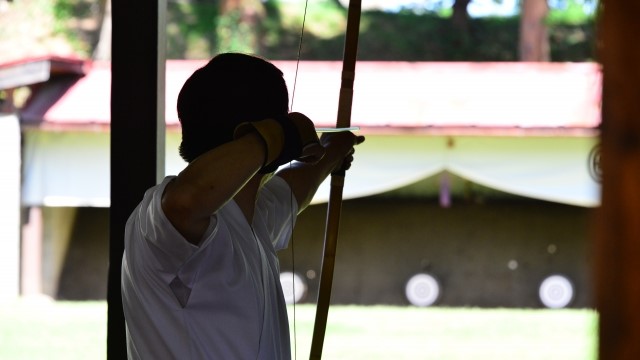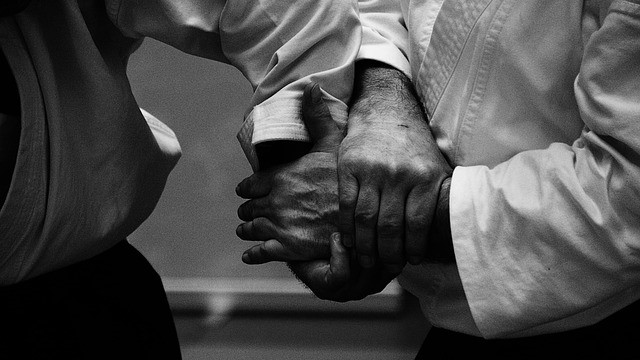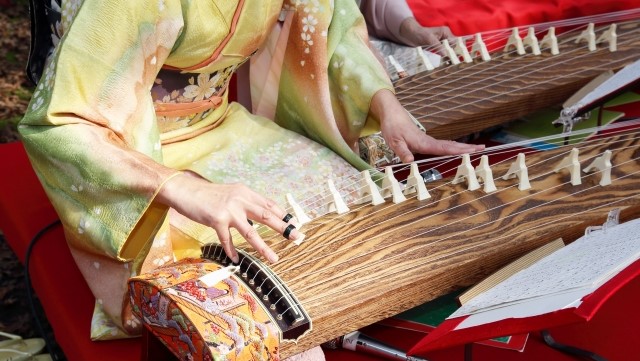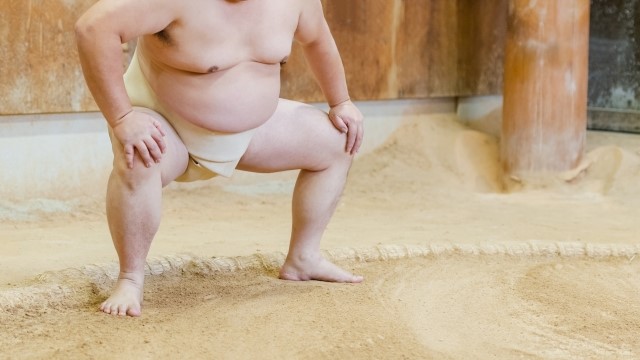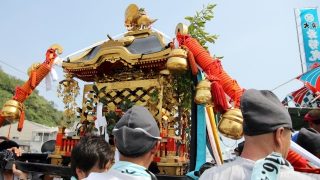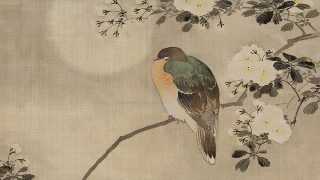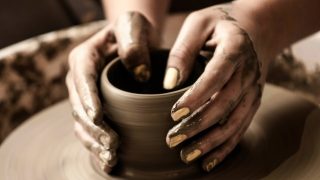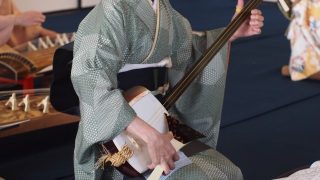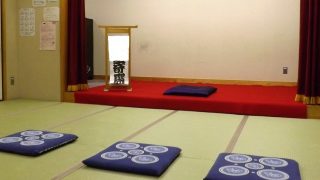About Kyudo (Japanese archery-弓道)
Kyudo, Japanese archery, is a Japanese martial art that trains the body and mind through a series of manners of shooting an arrow with a bow and hitting the target.
The bow and arrow are said to have been used for hunting since the Stone Age. After the introduction of “Jarai” from China, the shooting of the bow in front of the emperor became an annual event in Japanese courts.
In the Kamakura period, Japanese archery was respected and developed as a practical technique for samurai.
In the Muromachi period, Ogasawara Sadamune and others compiled the Japanese archery methods and established the Ogasawara style.
Heki Danjomasatsugu, who is said to be the founder of early modern Japanese archery, established the Heki style of archery, and many other styles were born.
After the introduction of the gun, Japanese archery was transformed into a physical and mental discipline for samurai.
It was adopted in school education after the Meiji period and came to be known as the name of Kyudo in 1918.
Kyudo is very different from other martial arts in that the opponent is not a person but a target. Since it is up to you to hit or miss, the training of the mind is essential in Kyudo.
Basic Rules of Kyudo, Japanese archery
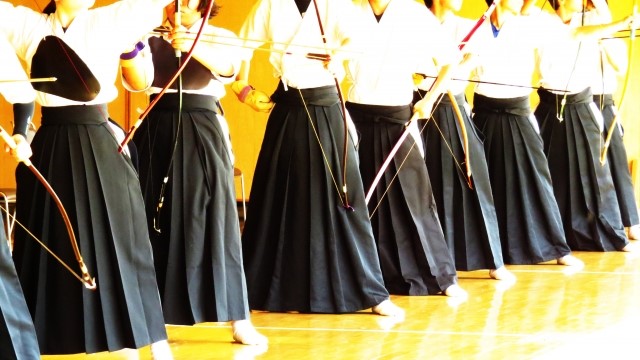
Kyudo is a game where you use a Japanese bow to shoot a target.
Typically, the target is 28m away from people and 36cm in diameter. This distance target is called “Kinteki,” there is also a competition called “Enteki,” which is an even longer distance.
The rules are straightforward: four arrows are considered one set, and the outcome is determined by how many of the four arrows hit the target.
There are individual and group competitions, and in group competitions, teams of three or five players are standard, competing for the total number of arrows that hit the target.
The difference between Kyudo, Japanese archery and Western archery
Here are the three main differences between Kyudo and Archery.
In Kyudo, the arrow can be aimed anywhere on the target.
In archery, the closer the arrow is to the center of the target, the higher the score.
In Kyudo, however, the rule of scoring is whether the target is hit, and it does not matter where it is hit. It doesn’t matter if it’s in the middle or around the edges.
Therefore, the results are also recorded as 〇 or ×, rather than a score.
It’s a different bow structure and tool.
Two main differences exist in the construction of the Japanese and Western bows.
・The arrow is placed about a third of the way down from the bottom in the Japanese archery, whereas in the Western archery, the arrow is placed in the middle.
・The western bow has a sighting device and other auxiliary equipment, but the Japanese bow does not. Bow only.
In Kyudo, the use of the left hand is crucial because of the lack of auxiliary equipment and the imbalance of the bow. It must be adjusted to catch the vibrations as the arrow is released and make it fly straight.
Kyudo is both a sport and a martial art.
In Kyudo, the goal is not just to hit the target, although the number of hits in a match determines the outcome. Instead, the idea, Seishahitchū-正射必中, is that if you draw correctly, the arrow will hit the target of its own accord.
The All Japan Kyudo Federation explains that in Kyudo, it is important not only to learn the techniques but also to develop one’s character. Therefore, Kyudo is characterized by strict manners and etiquette, such as manners before standing in front of the target and wearing Hakama.
Shaho-Hassetsu (射法八節)
This is the basic movement of the shooting method in Kyudo. The shooting method involves a series of movements, with eight sectional breaks in between, in which arrows are shot in that order.
The more consistently and accurately a series of actions can be performed flowing, the higher the accuracy rate will be.
It consists of (1) stepping with feet open, (2) holding a bow and arrow in the left hand, (3) bowing with the right hand on the string and left hand to prepare the bow to focus on the target, (4) raising both left and right fists to the front of the head, (5) pushing the bow with both hands and pulling the string, (6) meeting just before firing, (7) firing the arrow away, and (8) Zanshin (maintaining a vigorous posture after firing the arrow) afterward.
Words used in Kyudo

Seishahitchū-正射必中
If you shoot the right way, the arrow will always hit the target. It is important to practice daily to aim for the correct shooting method.
Shinzenbi-真善美
It’s a mindset that is considered the highest goal of Kyudo.
True-真(shin) is the attitude of aiming for the correct shooting method.
Goodness-善(zen) is facing one’s heart and thinking normally.
It is said that beauty-美(bi) is the ideal form that emerges when truth and goodness come together.
Trinity, Sanmiittai-三位一体
The three are “body, mind, and bow.” In Kyudo, we seek to achieve a state of unity of all these things.
Kyudo, which can be enjoyed by one person
Unlike other sports, Kyudo is a martial art and sport where the opponent is the target, not the person.
There is a whole world out there that you can enjoy even on your own.
It’s rustic and friendly, so there are no restrictions on age or gender, from boys and girls to the elderly.
Each person can start practicing with a bow of their own strength.
Whether it’s sunny or rainy, practice times can be adjusted to suit the environment of the practice place.
We think the feature of Kyudo lies in its depth, which seems so easy to do but which you can’t master even if you spend your life on it.


